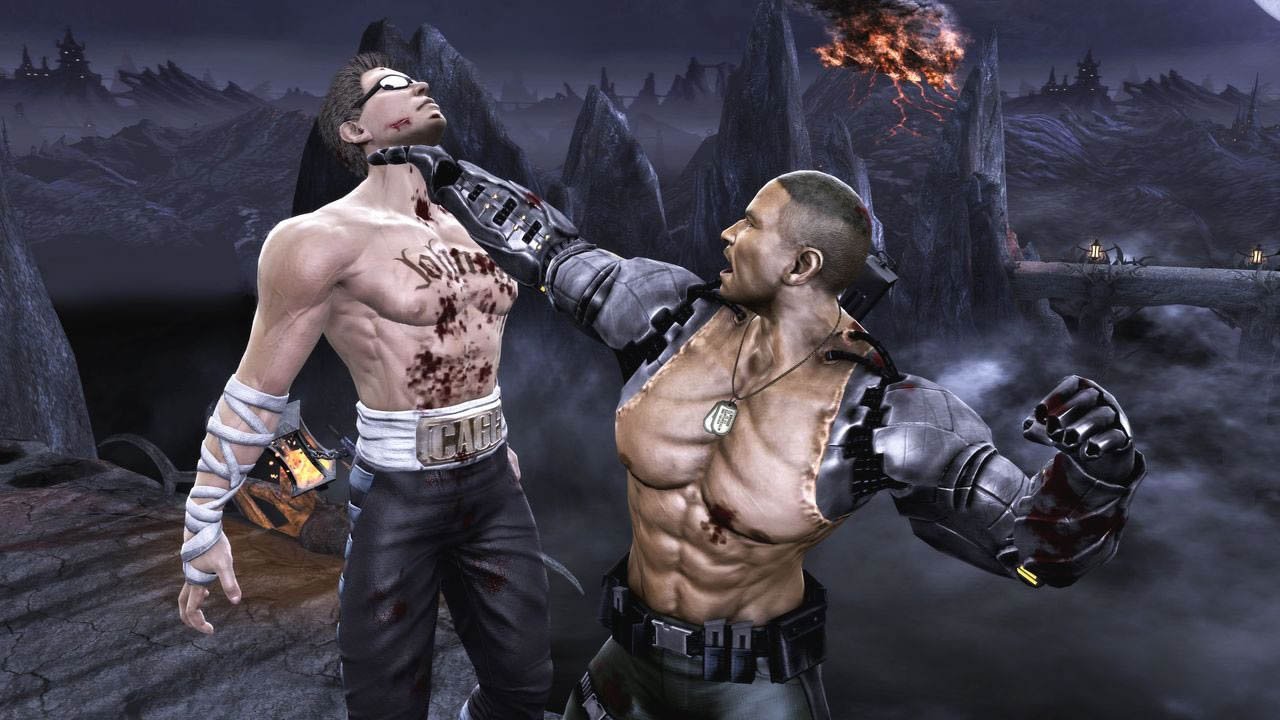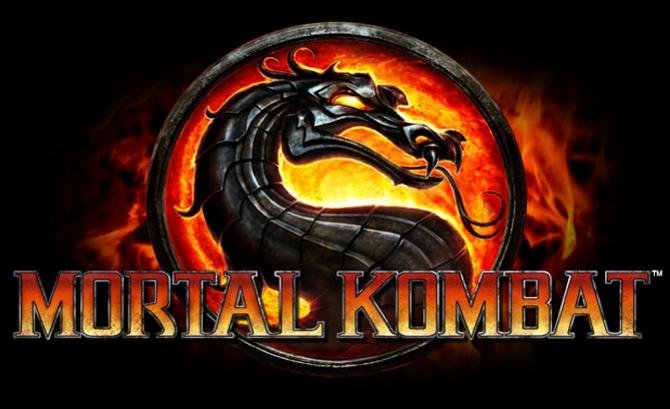When a semi-rebooted version of Mortal Kombat was released for the PlayStation 3 and Xbox 360 last year it was a bit surprising to see just how good it was. Without completely ignoring the series’ dated 90s action movie trappings and increasingly dull sequels, developer NetherRealm still managed to wipe the slate clean and push their arcade classic into fresh new territory. The end result was a fighting game that felt as familiar as it did new and, even more unexpectedly, a blueprint that shows off just how rich an experience the genre can provide outside of the standard core of the multiplayer experience.
Sony’s PlayStation Vita hasn’t shied away from translating popular console-based fighting games to the system. This trend has continued with the release of a new, portable version of Mortal Kombat. The game’s Vita iteration is extremely similar to its superb console counterpart, bringing the same line-up of gameplay modes to Sony’s handheld alongside a few new additions that manage, just like the original, to be far more impressive than audiences may have expected.
The game’s story mode provides, as before, an innovative approach to fighting game storytelling, seamlessly transitioning from non-interactive cutscenes to combat (should that be kombat?) sequences that will be immediately familiar to fans of the franchise. While the narrative itself is a loose retelling of the first three Mortal Kombat’s stories (humans, demigods and monsters battle it out for control of Earth within and outside of the confines of a long-running tournament) and is as silly as ever, the clever blend of gameplay and cutscenes makes the whole thing a lot of fun to play through.
NetherRealm could have got away with packaging the lengthy single-player campaign with its arcade mode (pick your character, foe, stage and hop into a battle by yourself or with a friend), multiplayer and training options. Instead, the developer further bulked out the content on offer with the robust Challenge Tower — a collection (ahem, “kollection”) of bite-sized games that introduce variations on the usual three round fighting modes. In one challenge the player may be made spin a slot machine to determine handicaps or advantages for the upcoming fight while, in another, s/he is turned into a fragile zombie that has to use reserves of undead backups to overwhelm a single foe. The Vita version adds to the substantial content on offer with Bonus Challenge Tower, a mode that, just like the name suggests, throws in even more mini-games and fights.
The two modes combined offer a staggering amount of content, perfectly suited to handheld play. While Challenge Tower was a great mode on the console, the ability to pick up and play a handful of missions during a spare ten or fifteen minutes — accomplishing something like gaining in-game currency or unlocking new character skins and levels — works even better on a portable like the Vita.
The fighting itself is, just like the source material, very similar to the Mortal Kombat series’ standard (looser and a bit easier to approach than Capcom’s fare, but still with enough depth to encourage fairly serious training and play) and, whether the player finds that style of gameplay appealing or not will determine how much fun s/he will get out of the game. There’s an enormous amount of content here but almost all of it does revolve around, well, Mortal Kombat fighting conventions.
The implementation of Vita-unique game mechanisms is tasteful and, even better, almost completely unobtrusive. NetherRealm seems to understand that the system’s features don’t need to be shoehorned in where they don’t belong and, because of this, has only added touchscreen and accelerometer based mechanics where they actually make sense. The ability to swipe in fatality or special, “X-ray” attack commands works well and, despite how natural this input method ends up feeling, isn’t mandatory. The only other use of the Vita’s technology is in newly added bonus games like “Test Your Slice” (essentially Fruit Ninja with severed heads and skulls) and various Bonus Challenge Tower objectives like fights where the player must defend themselves from attack while tapping away homing missiles at the same time. Most of these games could very easily have provided nothing more than finger-twisting exercises in frustration, but nearly every use of the system’s features is surprisingly fun and, best of all, completely ignorable for players who don’t want to bother with experiences that fall outside of traditional control schemes.
Online play is handled well too. The matchmaking is maybe a bit sluggish when considering that the average three round fight plays out in a matter of minutes, but, even with a very small pool of players online in the days before the game’s launch, it was never too difficult to find a match. Tournament-style multiplayer (with options like best three out of five fights or round robin style eliminations) would have gone a long way toward solving this type of problem, but on the go players looking to kill a quick five minutes testing their skills against a human competitor will be satisfied with what’s already on offer.Most of the time it’s easy to forget that this version of Mortal Kombat is even portable at all, with a few exceptions. The Vita’s directional pad is a bit too loose when entering in precise commands and has a tendency to create a kind of rolling effect when jammed down on without enough care. While less serious players aren’t likely to be too concerned, dedicated competitors, interested in higher level play, will likely frown on the small decrease in control inherent to the system’s imperfect d-pad.
While the game doesn’t look bad, the Vita’s graphical limitations have required some aesthetic sacrifices as well. Textures are simplified and cut-scenes are in lower resolution than the original console versions, but, despite this reduction in visual fidelity, the framerate never suffers. Animations are completely fluid and, once fights have actually begun, the graphical drawbacks are difficult to notice. Sure, the character design is still (almost endearingly) awful; the men are piled with muscles to the point that they resemble moulded cement packed into a thin layer of sausage skin and the women sport identically enormous breasts and costumes drawn from 1980s swimwear, but they at least move well when they’re animated.
After balancing the bad with the good, though, the final impression is a resoundingly positive one. Mortal Kombat takes a great franchise reboot, adds in extra content and brings it to Sony’s portable system without taking away from the experience. Better yet, the port manages to, in many respects, outdo its predecessor. Even with the presence of minor control and visual drawbacks, Mortal Kombat feels like it belongs on the Vita. The bite-sized nature of the game’s expansive Challenge Tower; the brisk multiplayer and arcade mode; even the story mode itself (which never lets more than a handful of minutes pass without providing an autosave) all seem perfectly tailored to the handheld.
Players who have wrung dry the original version of Mortal Kombat may not find enough new content here to warrant picking up the Vita version, but newcomers, MK diehards and anyone else interested in an extremely high quality, portable fighting game should definitely consider it.






